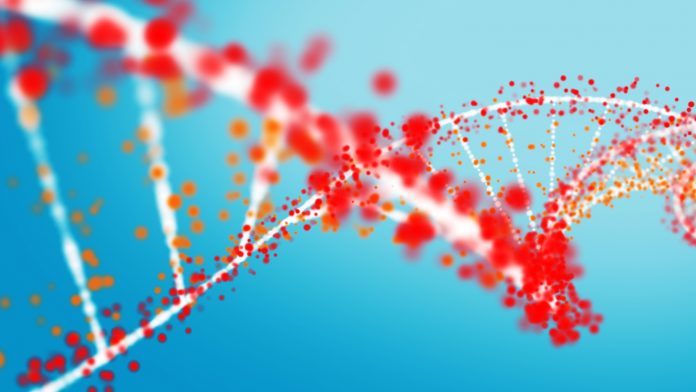Scientists have successfully demonstrated the quantum wave nature of complex antibiotic polypeptides, a previously unproven principle of quantum physics.
Wave-particle duality, one of the central principles of quantum mechanics, theorises that object behave like both particles and waves.
Previous studies have proven wave-particle duality in electrons, neutrons, atoms and even large molecules. Despite quantum theory maintaining that this is a universal property of matter, it has been difficult to apply this research to a complex biomolecular system.
A new study conducted by the University of Vienna, has demonstrated the quantum wave nature of complex antibiotic polypeptides.
The research group is now developing sophisticated tools to launch, diffract, interfere and detect complex molecules. Until recently, testing quantum physics with long amino acid chains was almost impossible. Scientists had to generate sufficiently intense beams of these biopolymer while also isolating these them from any perturbing environment in a high vacuum. This was essential to establishing tools to probe their quantum nature.
Quantum physics at a biomolecular level
In their recent published paper in Nature Communications, Armin Shayeghi and colleagues demonstrate quantum interference of the natural polypeptide gramicidin, an antibiotic made of 15 covalently bound amino acids.
The team of researchers used ultrafast and intense laser light to desorb the peptides before they could decompose and matter-wave interferometry to exploit the diffraction elements based on quantum measurement. These techniques could facilitate even more complex biological nanomaterials.
Femtosecond short ultraviolet laser pulses were used by the research team to knock the fragile molecules off a surface. The particles were then pushed away in a jet of cold argon atoms. The gramicidin molecules, travelling at velocities of up to 600 m/s, have a wavelength of 350 femtometres, a ten thousandth of the diameter of the biomolecules used in this study.
Using a delicate technique known as time-domain Talbot-Lau interferometry, scientists measured their quantum fringe pattern and found that the molecular coherence is delocalised over more than 20 times the size of the molecules, which can only be explained by quantum mechanics.







